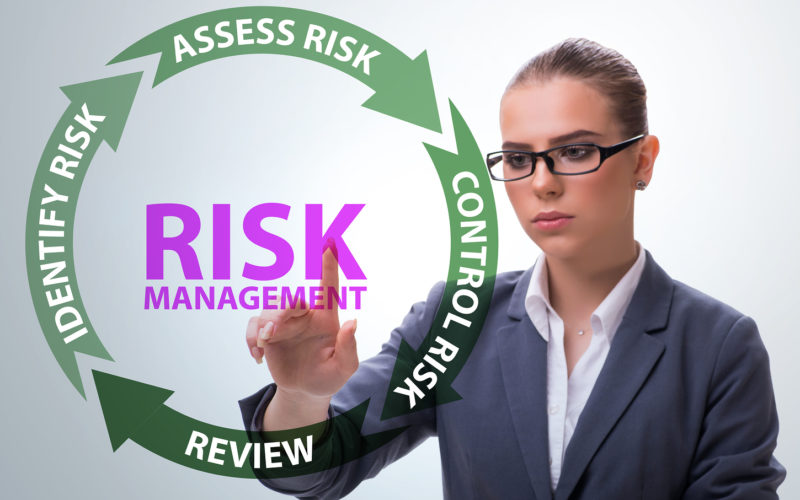
Under the establishment of the risk framework and its process, the guidelines of approach and management will be outlined.
The components for addressing risk
Definition of the conduct risk strategy
This will summarize the strategy of the corporation and gives information about the growth areas, priorities, distribution model, and competencies. It will also tell about the risks that will arise from the misconduct of any strategy. It will specify the outcomes which relate to every conduct risk. For instance, it will tell how it will look like. The risk assessment Framework then also measure the current actress strategy to define whether it is successful or not.
Development of conduct risk framework
It tells about the references and suitably covers the conduct risk that is faced by the company. The definition of the components of the conductor risk framework is based on a communication plan. Establishment of the conduct risk it will take care of the whole customer lifecycle. All the information is very clear so that there is no place for misinterpretation. It will also take into account the harms strategy and the expected output which is based on the conduct risk framework.
Quantitative and qualitative measures for monitoring the performance
Development of Conduct risk policy Strategy and objectives of the firm and the universal operating model. Tools and processes for the management of risk. Supervision and arrangement of monitoring in Association with a reporting framework
The purpose of defining Processes of risk management
The risk assessment framework contains the tools and guidelines for risk management. It will help us in monitoring the process consistently. This process will take place at every level of management so that the organization is risk-conscious. Risk assessment Framework helps the staff understand the component in the process of risk management that is embedded in fulfilling the risk management duties.
The accountability and responsibility of every staff are also clear it’s made in the framework. This is done to ensure that there is absolute clarity in knowing the duties. It will help in minimizing the major risk, improving reputation, update ethically and responsibly, ensuring that everybody is protected, no loss or damage of the physical property, improve the efficiency of operations, explore different and wide business opportunities.
Why risk management is important?
Risk has a deep influence on every aspect of an organization. It is very important to understand and manage them effectively. Only by properly understanding the risk, the management can take decisions to operate successfully in uncertain situations. It can minimize adverse business outcomes and reduce the consequences of risk.
Elements required maintaining an effective risk culture
Ethics and behavior
This outlines the establishment of the culture. It will highlight the stakeholder’s requirements and fairly resolve them. The behavior will help in executing the process.
Risk intelligence
It is the most important aspect of the enterprise risk assessment framework. It is a monitoring and surveillance function which will address all the risk on a preventive basis. It will protect them from any vulnerable situation.
Values and strategies
The board and senior management have to address the culture of a firm. They have to direct the possible ethical ways to the employees.
Tolerance
This defines the level of acceptance of the board in senior management. It will save the company from a financial, regulatory and reputational perspective.





